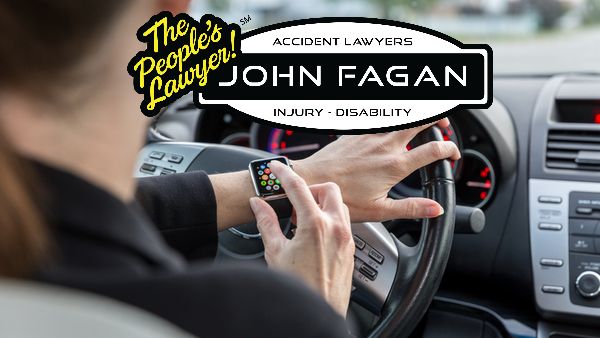Nationwide, distracted driving claimed 3,477 lives in 2015 alone, according to the National Highway Traffic Safety Administration. (Photo: iStock)
This article comes to you from the experts at FC&S Online, the unquestioned authority on insurance coverage interpretation and analysis for the P&C industry. To find out more, visit the National Underwriter website.
Over the past several years, driving while using the phone has been shown to increase traffic accidents.
Related: Are we safe drivers? Apparently not…
Many states have established laws requiring the use of hands-free technology if a cell phone is going to be used, or restricting the use of a phone entirely by the driver of the vehicle.
Then texting came along. States have since addressed it as well, often completely banning texting while driving.
Washington state just took the next step and created the E-DUI, a ticket for drivers who use a hand-held cell phone while driving. This also includes tablets, laptops and video games. The new tickets became effective this week.
If the driver is using any electronic device while driving, the driver may get a ticket. It will go on the driving record, and be reported to the insurance company. Carriers will then have to determine how to consider the ticket — like a minor violation, or more serious like a DUI.
The parameters are straightforward: A cell phone may not be used while the person is driving, or stopped in traffic or at a red light. Using cameras, watching videos, typing messages and accessing information from a phone also are prohibited.
A cell phone can be used if the driver is using a hands-free device, and it can be activated by a single touch or swipe without holding the phone. It can also be used if the driver is out of the flow of traffic, parked, or starting the GPS or music before beginning to drive, or contacting emergency services.
Penalties are stiff. The first offense is $136. The second within 5 years is $234, and increases with each infraction. It is also a primary offense, for which the driver may be pulled over even if he was obeying all other traffic laws.
Statistics support the dangerousness of driving while using a phone or other technology. In Washington, one in four crashes involves cell phone use just prior to the crash, and fatalities from distracted driving increased 32% between 2014 to 2015. Secondary offenses also covered by the new distracted driving law include grooming, smoking, eating or reading, if the activity interferes with safe driving and the driver has been pulled over for another offense.
See also:
10 Deadliest Driving Distractions
Minimize your risk of distracted driving with these 7 tips
The truth about distracted driving
Originally published on FC&S Legal: The Insurance Coverage Law Information Center. FC&S Legal is
the industry’s ONLY single-source, comprehensive portal developed specifically for insurance coverage law professionals. To find out more, visit www.fcandslegal.com. All rights reserved. This material may not be published, broadcast, rewritten, or redistributed.
This article is designed to provide accurate and authoritative information in regard to the subject matter covered. It is sold with the understanding that the publisher is not engaged in rendering legal, accounting or other professional service. If legal advice is required, the services of a competent professional person should be sought.






